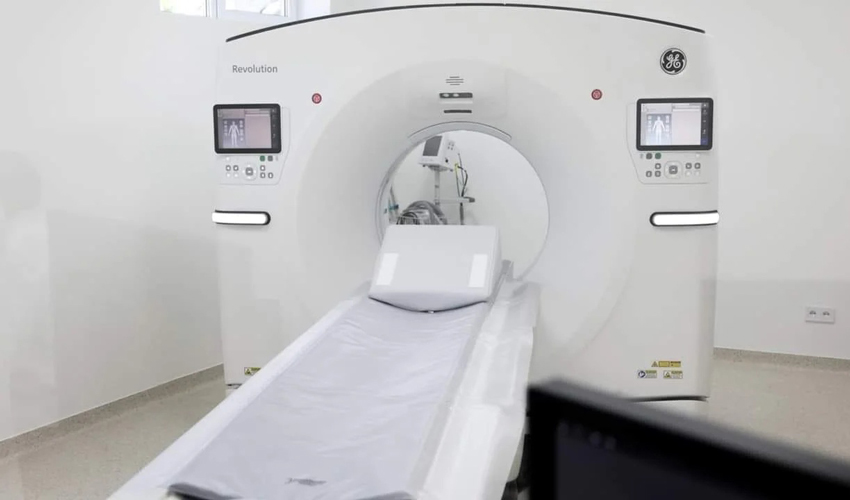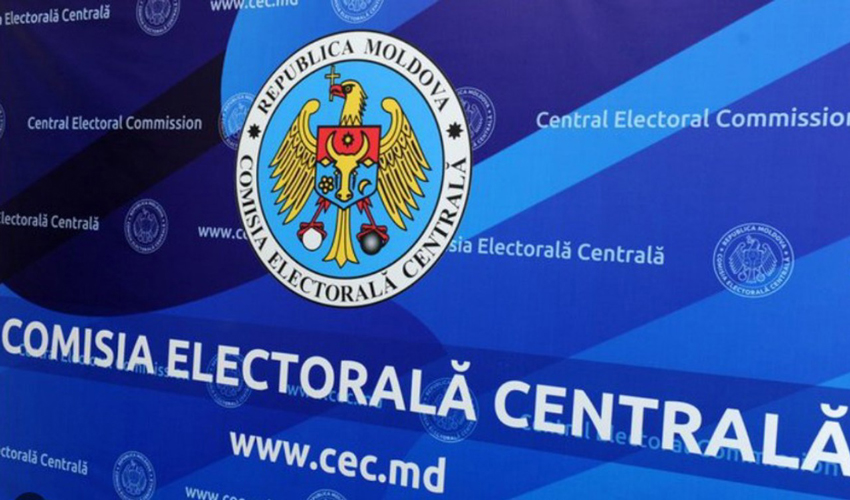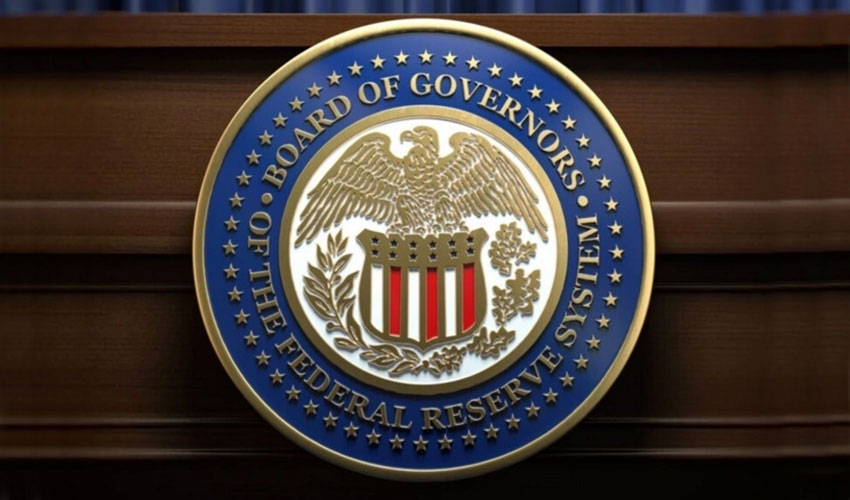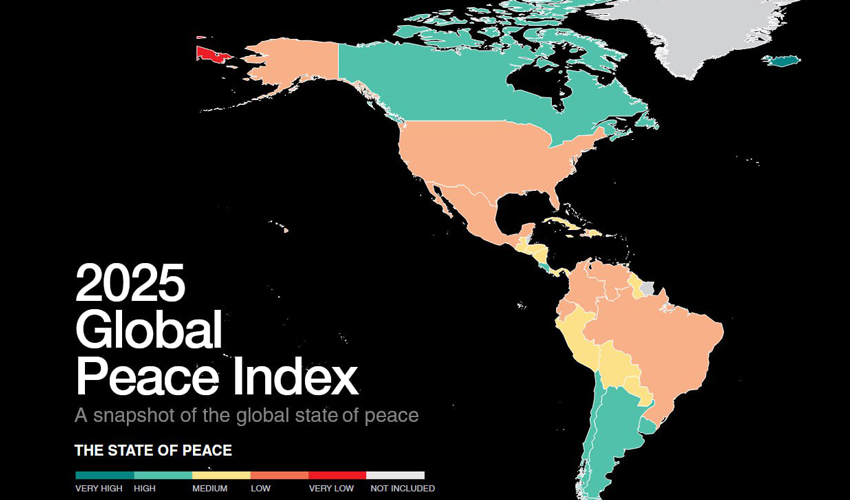
Unlike Western economists at the IMF and the World Bank, local experts are not only more optimistic about the potential for recovery growth, but also argue their point of view. Their hopes are linked to agriculture, investment and partial recovery of industry.
The scientific approach in this case implies taking into account all possible factors that may affect the indicators. In the opinion of the Institute’s staff, much, if not all, will be determined not so much by the harvest weather as by internal political decisions and the evolution of the geopolitical situation. Especially in view of the election year.
The forecast was influenced by a number of factors related to the development of the problematic situation in the energy market. The price of energy resources will be of paramount importance. And this depends, according to scientists, on timely and correct political decisions. It is this, they believe, that will primarily determine whether the economy will be able to move to recovery growth in this and subsequent years.
In all likelihood, gas prices in 2025 “will remain volatile, with episodes of temporary increases, but without reaching the crisis levels of 2022.” According to scientists’ assumptions, the average annual price in European hubs may fluctuate between 30-45 euros/MWh, with possible peaks in the fall-winter period in case of reserve shortages or geopolitical tensions.
For Moldova, these events may be critical and directly affect the cost of purchases on international markets, the scientists believe. Especially if supplies continue to depend on regional sources and liquefied gas imported via Romania or Ukraine.
“Under current conditions, much in the economy will depend on the flexibility of government decisions and the value of procurement contracts,” the research institute’s forecast said.













